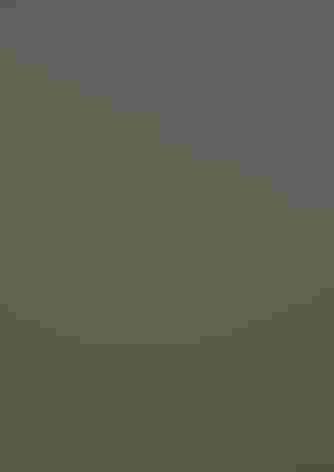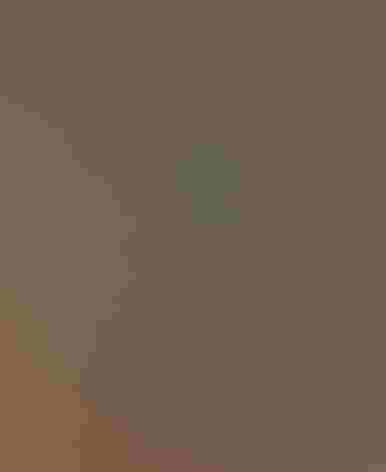Lazuli Bunting
At a Glance
Around thickets and streamside trees of the West, this sky-blue bunting is common in summer. Males are conspicuous in summer, singing in the open, but the plainer brown females are far more elusive as they tend their nests in the thick bushes. During migration, flocks are more easily observed as they forage in brushy fields. Where Lazuli and Indigo buntings overlap in breeding range, on the Great Plains and parts of the Southwest, they often interbreed.
All bird guide text and rangemaps adapted from Lives of North American Birds by Kenn Kaufman© 1996, used by permission of Houghton Mifflin Harcourt Publishing Company. All rights reserved.
Category
Cardinals, Perching Birds
IUCN Status
Least Concern
Habitat
Arroyos and Canyons, Desert and Arid Habitats, Fields, Meadows, and Grasslands, Forests and Woodlands, High Mountains, Shrublands, Savannas, and Thickets, Urban and Suburban Habitats
Region
California, Northwest, Plains, Rocky Mountains, Southeast, Southwest, Texas, Western Canada
Behavior
Direct Flight, Rapid Wingbeats
Population
6.500.000
Range & Identification
Migration & Range Maps
Fall migration begins early, with many birds on the move by late July. Migrants stray east of breeding range on Great Plains, especially in spring.
Description
5-5 1/2" (13-14 cm). Sky-blue male has rusty chest, white belly, white wing-bars. Bluebirds have thin bills, lack wing-bars. Female brown; usually shows cinnamon wash on unstreaked chest, more obvious wing-bars than female Indigo. Lazuli and Indigo Buntings may hybridize on Great Plains, producing intermediates.
Size
About the size of a Sparrow
Color
Black, Blue, Brown, Orange, White
Wing Shape
Rounded
Tail Shape
Notched, Rounded, Square-tipped
Songs and Calls
A high-pitched, excited series of warbled phrases, the first notes usually repeated, descending the scale and ascending again at the end; similar to song of Indigo Bunting, but phrases less distinct and only the first phrases repeated.
Call Pattern
Complex, Undulating
Call Type
Buzz, Chirp/Chip, Whistle
Habitat
Open brush, streamside shrubs. Breeds in brushy areas with open grassy ground nearby, such as patches of scrub oak, chaparral, streamside thickets, sometimes in areas of sagebrush or pinyon-juniper woods. In migration and winter, occurs in weedy fields, open woods, brushy places.
Sign up for Audubon's newsletter to learn more about birds like the Lazuli Bunting
Behavior
Eggs
3-5, usually 4. Pale bluish white, unmarked. Incubation is by female only, about 12 days.
Young
At some nests, nestlings are fed entirely by the female, although at others the male helps to feed them. Young leave the nest about 10-12 days after hatching. Male may feed the young more after they fledge, while female begins second nesting attempt. 2 broods per year, perhaps sometimes 3.
Feeding Behavior
Forages mainly on the ground, also up in low growth. May bend grass stalks down to the ground to eat the seeds from them. Sometimes takes insects from foliage while hovering.
Diet
Mostly seeds and insects. More than half of summer diet may be insects, including grasshoppers, caterpillars, beetles, true bugs, wild bees, ants, and others. Also eats many seeds, mainly those of grasses, also weed seeds and waste grain; seeds may make up most of winter diet. Young are fed mostly insects.
Nesting
Male sings to defend nesting territory. Where Lazuli and Indigo buntings overlap in range, they will defend territories against each other. Nest: Placed in shrubs, vines, or low trees, usually 2-4' above the ground, firmly attached to vertical stems or to forked branch. Nest (built by female) is an open cup of grass, weeds, leaves, lined with fine grass and sometimes animal hair.
Conservation
Conservation Status
Widespread and common, numbers apparently stable.
Climate Threats Facing the Lazuli Bunting
Choose a temperature scenario below to see which threats will affect this species as warming increases. The same climate change-driven threats that put birds at risk will affect other wildlife and people, too.






